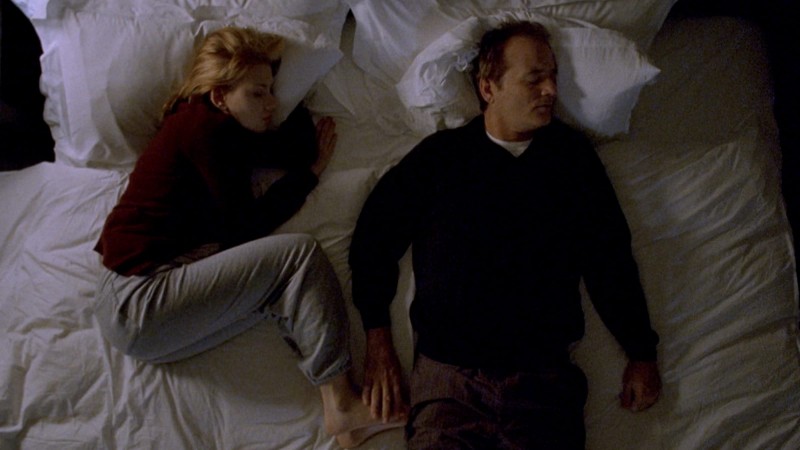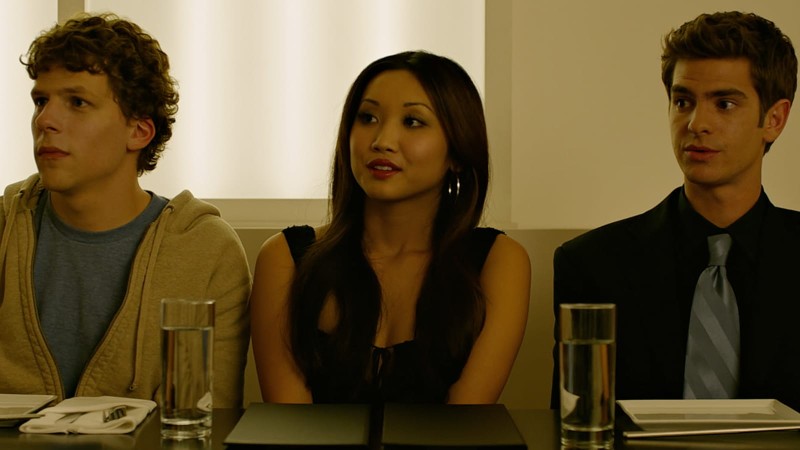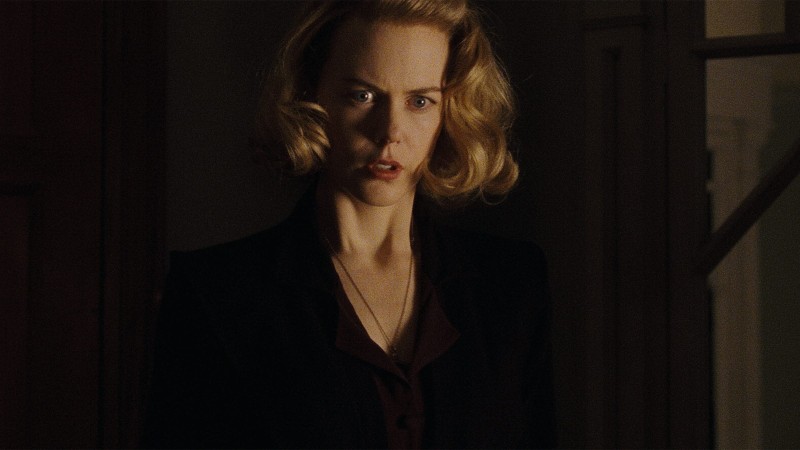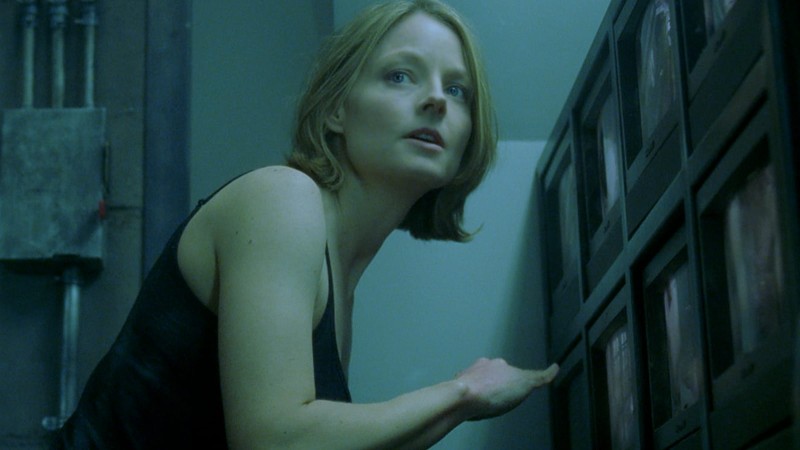Odes to Creativity

This week’s Short + Feature, D.A. Pennebaker’s three-minute experimental Daybreak Express and Ronald Neame’s feature comedy The Horse’s Mouth, might seem at first to be an unlikely pair. And, indeed, the classic matchup originally came together by chance.
Pennebaker recounts that, back in 1958, he licensed Daybreak Express—his very first short film—to the Paris Theater, in New York, for $25 a week. The legendary documentarian had been introduced to the theater’s owner by a friend, the acclaimed avant-garde filmmaker Shirley Clarke. At the time, the Paris routinely screened shorts before features, but the average run for a feature film was a meager two weeks, so he wasn’t expecting much out of the deal. To his great fortune, however, it happened to be paired with Neame’s oddball comedy, starring Alec Guinness as the curmudgeonly, anarchic painter Gulley Jimson. The Horse’s Mouth was a huge hit, which resulted in a yearlong run with Daybreak Express opening the bill every night. Pennebaker even made some money out of it! Not an easy thing to do, as any short filmmaker will tell you.
But though these two films met by coincidence, and seem worlds apart, I think you’ll agree there is an affinity between them. Pennebaker’s Daybreak Express was born out of the inventive, creative spirit that defines him as an artist—he wanted to make an expressionistic portrait of a train ride on the (soon to be demolished) Third Avenue el, set to the eponymous Duke Ellington record. In fact, the three-minute run time was determined by the length of the Ellington piece—also the length of a roll of Kodachrome. Pennebaker initially wanted to shoot the film on one continuous roll. Eventually realizing this was impossible, he shot on multiple rolls and, with little experience as an editor, glued pieces of film together with medical tape. The resulting film is kinetic and exhilarating, a dizzying, disorientating symphony of sound, color, and light.
The Horse’s Mouth also celebrates spontaneous, free artistic creation of the kind that produced Daybreak Express. Gulley Jimson’s iconoclastic paintings—swirling, vibrant creations—repeatedly take center stage in a film that, for all of its slapstick gags and japes, both deeply respects Jimson’s creative genius and drives home the psychological and financial hardships that often take their toll on the talented. So really, what better partner for The Horse’s Mouth than Daybreak Express, a short film born out of limitation, innovation, and improvisation?




